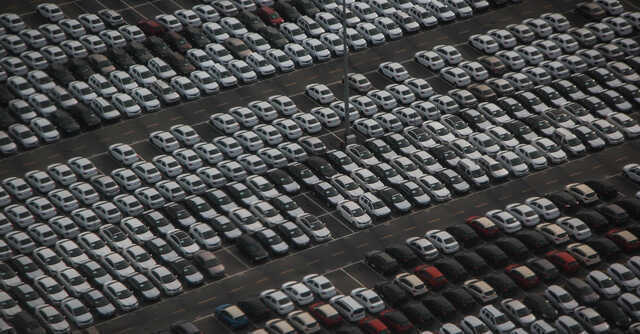
Millennials, lower GST, data-driven packages, driving sale of used cars, says report


Transition from the Bharat stage emission standard BS-IV to BS-VI and lower GST rates, coupled with the fact that dealers in the space are now using car data to create new revenue streams and offering long-term maintenance packages, are luring more people to buy used cars, according to a new Redseer report.
The market for used cars in India is expected to grow at a compound annual growth rate (CAGR) of 11% by FY26 with an estimated annual sale of 8.3 million units--up from 4.4 million in FY20, reveals the Redseer report, published on December 27.
Though the pandemic is one of the key catalysts for this shift in buyer preference, Redseer has also attributed the growth to new-found profit centres. For instance, the millennials are switching cars faster than ever and are turning to used cars. According to industry estimates, millennials account for 80% of buyers in this segment.

The used cars market in India was the fifth-largest in the world as of CY2019, said Redseer. China with 21.4 million unit sales was the leading market followed by the US which sold 17.5 million used cars. India sold 2.8 million units during this period. The report, however, doesn’t provide an estimate of India’s position in the global used car landscape by FY2026.
That said, despite the expected growth, the used car market in India faces several inherent issues such as fragmentation and unorganised dealership models.
According to Redseer, India has 30,000 used car dealers and 45% of them are commission agents and brokers many of which do not even have office space to display cars or run operations. Stiff price-led competition from unorganised brokers is also affecting the productivity and business of unorganised dealers.

This fragmentation is even higher in non-metro cities. Redseer found that 75% of used car dealerships in metros are institutionally driven as compared to 47% in non-metros.
Redseer analysts further point out in the report that dealers can address these issues by leveraging technology, intelligence and high-quality data.
